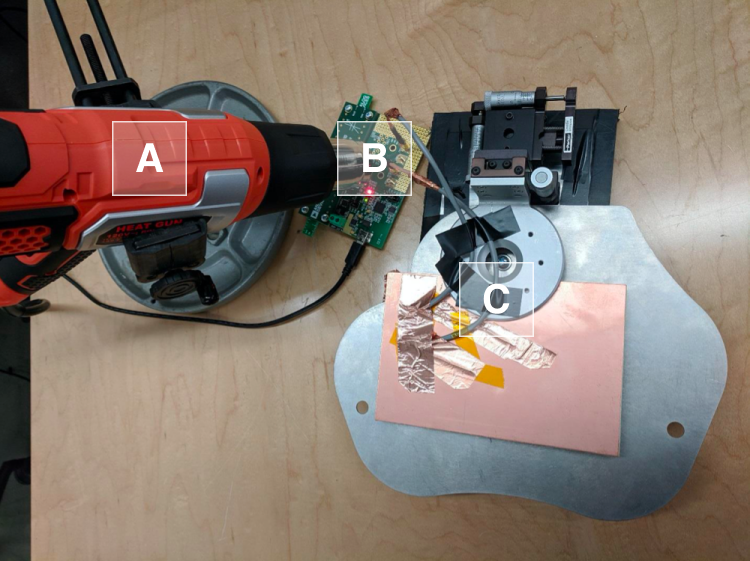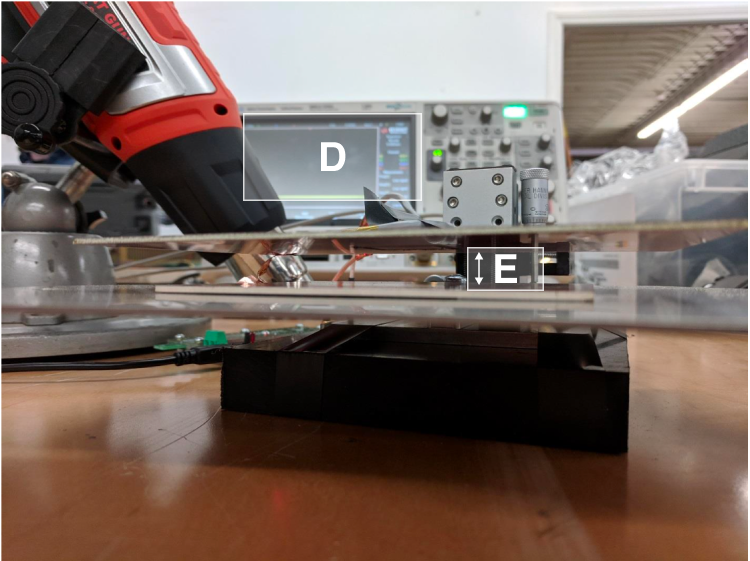This client is a global industrial manufacturing company that designs machines that fabricate silicon wafers. A silicon wafer is a thin slice of semiconductor, and this client offers a wide range of wafer processing capabilities to deliver products and technologies that help create transistors, interconnects, advanced memory, and packaging structures.
Second Order Effects was engaged to create a “calibration wafer” that would ride through the fabrication machine, measure the distance between itself and another object, and report it back in real-time, calibrating the production line and ensuring high yield.
Requirements to be met by SOE’s calibration wafer:
SOE selected a promising capacitive sensor driver chip that could meet performance specifications and nearly meet accuracy over temperature specifications. To address temperature risks, SOE developed a prototype test setup that could generate a known variable gap to be detected. The gap’s accuracy over exposure temperature was detected and a methodology of compensating for temperature drift in the wide range of 0-150 degree celsius in a repeatable fashion was developed

A: Variable temperature output heat gun.
B: Capacitive Sensor IC development board
C: Prototype Capacitive Sensing test device with micrometer

D: Analog measurements of Capacitive sensor output monitored with temperature sensors to characterize distance measurement drift over temperature.
E: Metal gap distance sensed by Capacitive System
Results
SOE designed, build, characterized drift over temperature, and shipped the wafer to the client. Although the wafer never made it into a product, the capacitive sensing technology developed here will be applied to our client’s robot proximity sensors going forward.